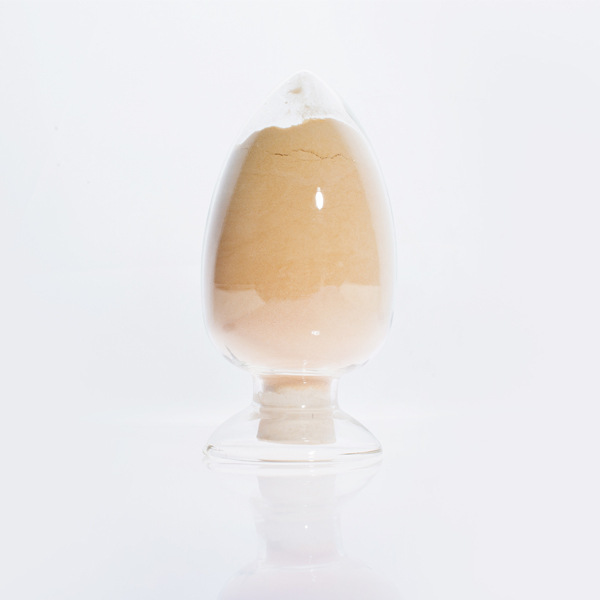
News
Aug . 19, 2024 12:48 Back to list
Stability of Citric Acid as a Chelating Agent in Various Applications
The Stability of Citric Acid as a Chelating Agent
Citric acid, a weak organic acid found in citrus fruits, is widely recognized not only for its culinary uses but also for its role as a potent chelating agent. Chelating agents are substances that can form multiple bonds with a single metal ion, effectively grabbing and stabilizing these metals in solution. This property makes citric acid invaluable in various industrial and environmental applications, including cleaning agents, food preservation, and agriculture. However, the stability of citric acid as a chelating agent is of paramount importance and requires careful consideration.
The Stability of Citric Acid as a Chelating Agent
Research has shown that citric acid exhibits optimal chelating activity at a pH range typically between 4 and 7. In this range, citric acid can effectively sequester metal ions, ensuring that they remain in a soluble state and do not precipitate out of solution. At lower pH levels, citric acid remains primarily in its protonated form, which may reduce its ability to bind metal ions effectively. Conversely, at higher pH levels, the formation of insoluble metal hydroxides may occur, limiting the chelating effect. Thus, maintaining the appropriate pH in applications utilizing citric acid is crucial for maximizing its chelating stability.
citric acid chelating agent stability quotes

Temperature also plays a significant role in the stability of citric acid complexes. Higher temperatures can lead to increased kinetic energy, resulting in the breakdown of metal-citric acid complexes and potentially leading to metal precipitation. Conversely, lower temperatures may enhance complex formation but could also slow down the reaction rates in industrial processes. Finding the right balance is essential, especially in industrial or agricultural applications where both effectiveness and efficiency are critical.
In addition to pH and temperature, the concentration of citric acid itself can influence its stability as a chelating agent. Higher concentrations of citric acid can lead to the saturation of available binding sites on metal ions, thus enhancing the likelihood of stable complex formation. However, excessive concentrations may also lead to competition among ligands, ultimately affecting the efficiency of chelation. Therefore, careful optimization of citric acid concentration is vital for achieving maximum stability and effectiveness in its chelating applications.
Lastly, the presence of other ions in solution can also impact the stability of citric acid. Competitive binding occurs when other ligands or anions are present, which can either enhance or inhibit citric acid's chelating ability. Understanding the specific environment in which citric acid is used is vital for predicting its performance and stability as a chelating agent.
In conclusion, citric acid remains a highly effective chelating agent due to its ability to form stable complexes with various metal ions. However, its stability is not merely a function of its concentration but also of environmental factors such as pH, temperature, and the presence of competing substances. For industries relying on citric acid for metal ion sequestration, careful attention to these factors is paramount in ensuring optimal performance and stability in practical applications. As research continues to explore the nuances of citric acid's chelating properties, its role in improving industrial processes, environmental management, and food safety will undoubtedly grow even more significant.
-
Polyaspartic Acid Salts in Agricultural Fertilizers: A Sustainable Solution
NewsJul.21,2025
-
OEM Chelating Agent Preservative Supplier & Manufacturer High-Quality Customized Solutions
NewsJul.08,2025
-
OEM Potassium Chelating Agent Manufacturer - Custom Potassium Oxalate & Citrate Solutions
NewsJul.08,2025
-
OEM Pentasodium DTPA Chelating Agent Supplier & Manufacturer High Purity & Cost-Effective Solutions
NewsJul.08,2025
-
High-Efficiency Chelated Trace Elements Fertilizer Bulk Supplier & Manufacturer Quotes
NewsJul.07,2025
-
High Quality K Formation for a Chelating Agent – Reliable Manufacturer & Supplier
NewsJul.07,2025
